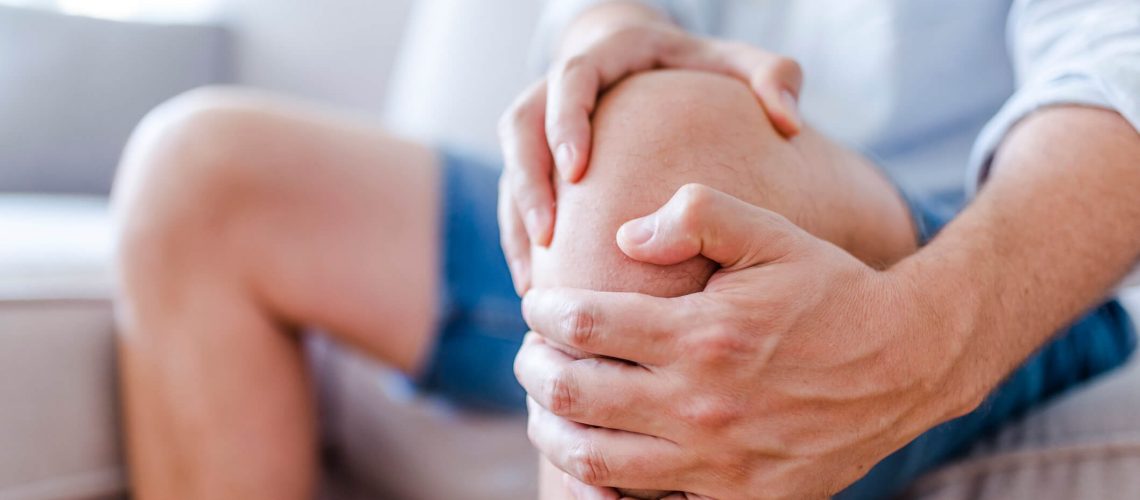What is Knee Arthritis?
Knee arthritis is a disease where the cartilage lining of the knee wears away, and bone starts to grind against bone. This can be extremely painful, and can also be associated with other symptoms like clicking sounds, catching of the knee, and recurrent swelling. It usually comes on gradually over many years and can often run in families. This degenerative type of arthritis is called ‘osteoarthritis’ and is the most common. Other types of arthritis are less common but equally troublesome such as Rheumatoid or Inflammatory Arthritis, Crystalline Arthritis (associated with gout or pseudogout) or post-traumatic arthritis where someone has had a prior injury to the knee and has now developed arthritis.
How is Knee Arthritis diagnosed?
Often all it takes to diagnose knee arthritis is for a medical professional to look at your knee, examine it, and get an X-Ray. Nevertheless, sometimes things are not so straight forward, and further investigations like blood tests and MRI scans are needed.
Can knee damage be reversed?
Unfortunately once the cartilage has started wearing away, there is nothing that we know of yet that can stop this. It’s an irreversible disease, but everyone progresses at different rates. It is pretty common for people to have arthritis for many years before they even know about it.
What can be done to ease knee pain?
Luckily there are lots of things that can ease knee pain due to arthritis. The best thing to do is to keep active with sports that do not involve repeated high impact to your knees. Things like cycling, rowing, swimming and Tai Chi can all be useful in keeping your knee healthy and minimising pain. Structured physiotherapy in the form of land-based activities as well as hydrotherapy has been proven to decrease knee pain. Minimising any excess weight that you might be carrying will also help. The best thing about all these ideas is that they do not involve any herbal remedies, medications or operations. Pain-relieving medications and injections can help if you find that sensible exercise is not helping. Remember, knee pain due to arthritis is extremely common, and there are lots of ‘remedies’ that are being advertised to minimise this. Many have been proven to not work, and many have no scientific evidence for them at all. There are so many options out there that The Royal Australian College of General Practitioners has even published some detailed guidelines to help all medical professionals know what to recommend and what not to recommend. This was last updated only two years ago!
I’ve tried all that, but my knees still hurt. Is there anything else that can help?
If you have seen your local doctor and physiotherapist, tried all their recommendations and still have significant pain that is affecting your quality of life, it may be time for a visit to an orthopaedic surgeon. The last available treatment for knee arthritis is to have a knee replacement, where the arthritic portions of the knee are cut out and replaced with metal and plastic. In general, this is a very successful operation at returning people to function, and minimising pain. A knee replacement has a satisfaction rate of around 85%, which in itself is fantastic, but the hunt is on for that last 15%. In Australia, we are so lucky to have excellent health care, and surgeons can use technology to try to get that perfect knee for you. This can be achieved in many different ways – for example – using computer navigation, personalised 3D printed moulds or even using a robot. If you do end up seeing an orthopaedic surgeon, make sure you ask them what their preference is and why!

